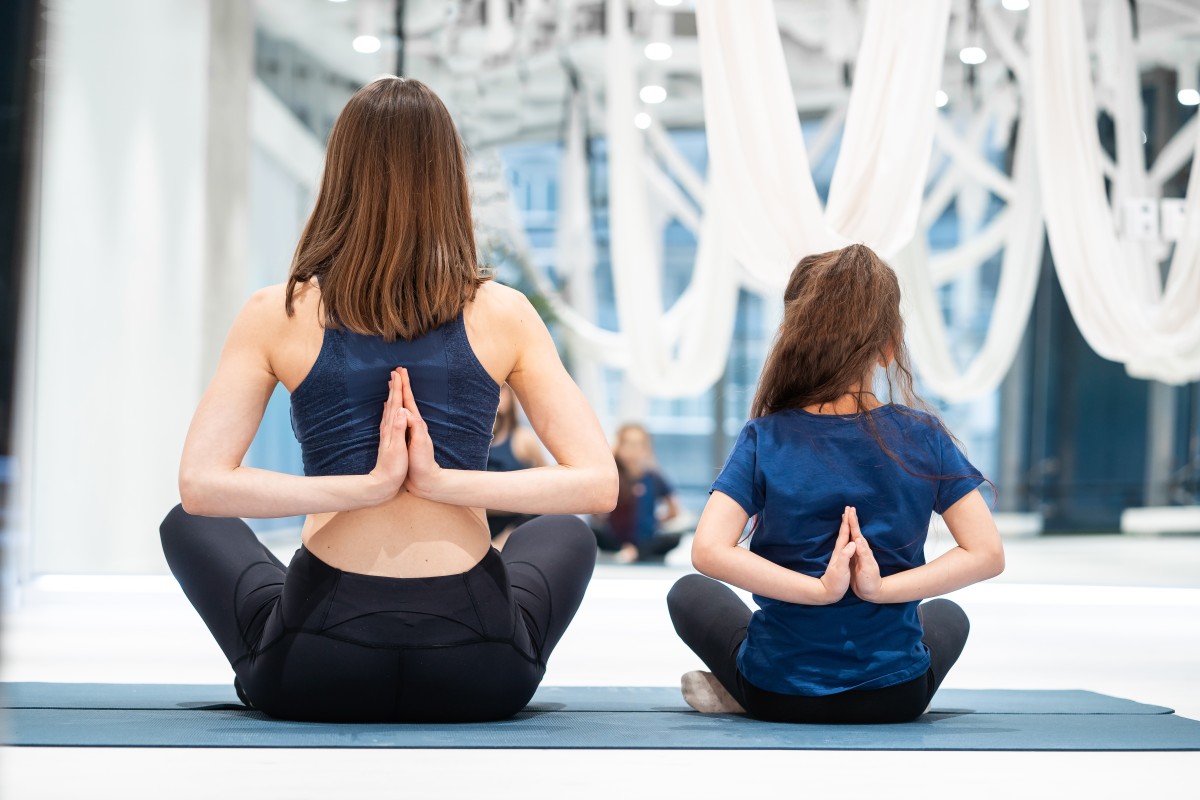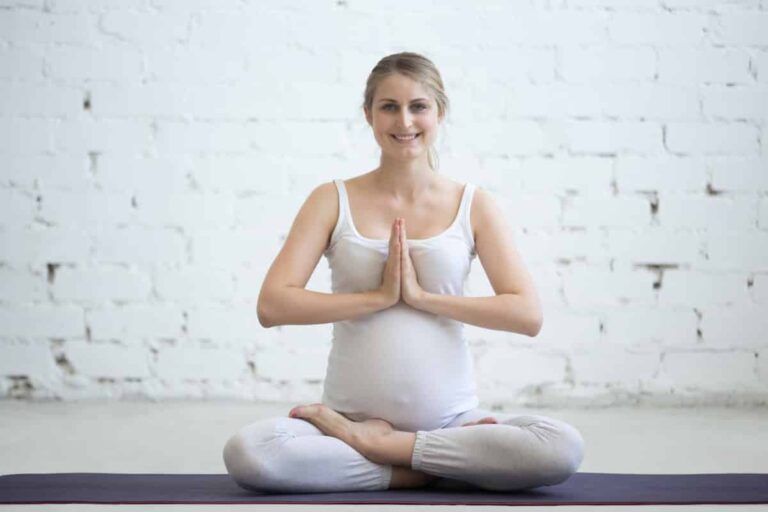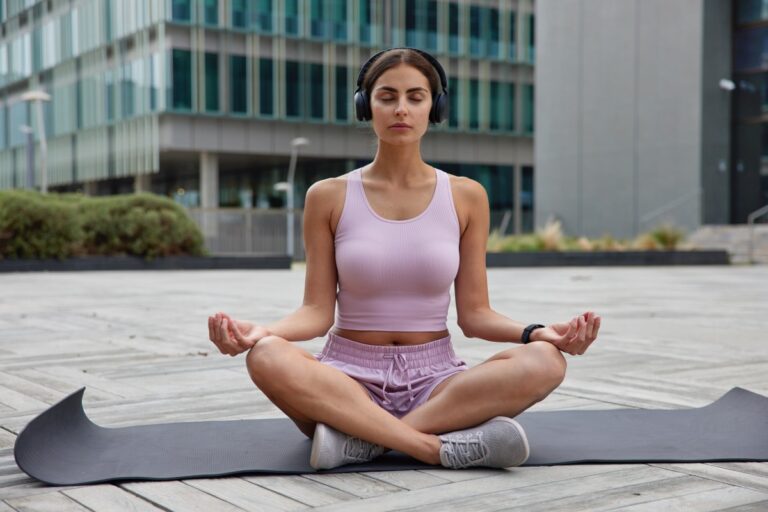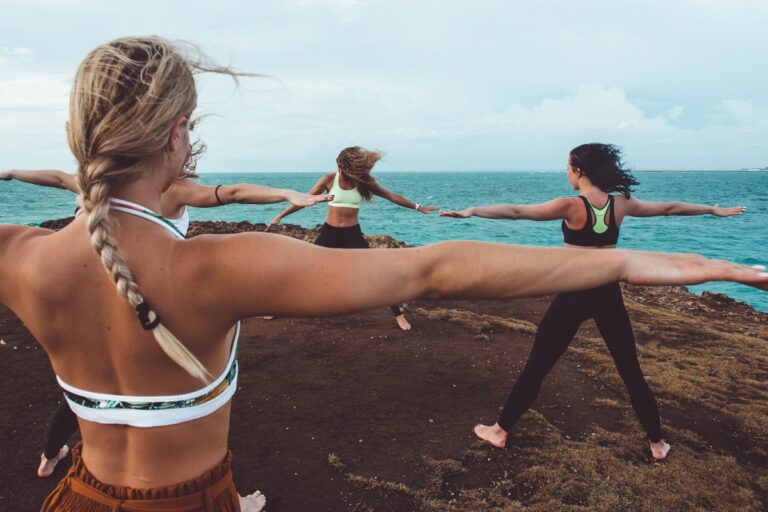Flexibility is one of the key benefits of yoga, improving mobility, reducing stiffness, and preventing injuries. Whether you’re a beginner or an experienced yogi, working on flexibility requires patience, consistency, and the right approach. Here are some simple tips to help you progress in your yoga flexibility journey.
1. Start with a Proper Warm-Up
Before diving into deep stretches, it’s crucial to prepare your body with a warm-up. Gentle movements like Cat-Cow, Sun Salutations, or shoulder and hip rotations help increase blood flow to muscles, making them more pliable and ready for deeper stretching.
2. Practice Consistently
Flexibility gains come with regular practice. Aim for at least 3-5 yoga sessions per week, incorporating a mix of stretching and strengthening poses. Even short daily sessions of 10-15 minutes can yield noticeable improvements over time.
3. Hold Poses for Longer Durations
To increase flexibility, focus on holding poses for longer periods. Yin Yoga, which involves holding stretches for 1-5 minutes, is an excellent way to lengthen connective tissues and improve range of motion. Poses like Forward Fold, Butterfly, and Pigeon Pose work particularly well when held for extended periods.
4. Breathe Deeply and Relax
Deep breathing is essential in yoga, especially when working on flexibility. With each inhale, create space in your body; with each exhale, relax deeper into the stretch. Conscious breathing reduces tension and allows muscles to elongate more effectively.
5. Incorporate Dynamic Stretching
Static stretching is beneficial, but adding dynamic movements can enhance flexibility faster. Movements like gentle lunges, arm circles, or controlled leg swings before holding a stretch prepare muscles for a greater range of motion.
6. Use Props for Support
Yoga props like blocks, straps, and bolsters can assist in achieving proper alignment and gradually increasing flexibility. For example, using a strap in Seated Forward Fold can help you reach farther without straining your hamstrings.
7. Balance Strength and Flexibility
Building strength alongside flexibility is crucial for preventing injuries. Incorporate poses like Warrior II, Chair Pose, and Boat Pose to strengthen muscles that support flexible movement, ensuring stability in your practice.
8. Focus on Key Muscle Groups
Certain muscle groups, like hamstrings, hips, shoulders, and the spine, play a major role in flexibility. Target these areas with poses such as:
- Hamstrings: Downward Dog, Standing Forward Fold
- Hips: Pigeon Pose, Butterfly Pose
- Shoulders: Cow Face Pose, Thread the Needle
- Spine: Cobra Pose, Seated Twists
9. Be Patient and Listen to Your Body
Flexibility takes time, and forcing a stretch can lead to injury. Pay attention to your body’s signals and avoid pushing past your limits. A gentle, steady approach yields better results than aggressive stretching.
10. Stay Hydrated and Maintain a Healthy Diet
Hydrated muscles are more pliable and recover better from stretching. Drink plenty of water and include nutrient-rich foods like leafy greens, nuts, and proteins in your diet to support muscle health and flexibility.
11. Rest and Recover Properly
Rest days are essential for allowing muscles to repair and grow. Incorporate restorative yoga sessions and gentle stretching on rest days to maintain flexibility without overstraining your body.
12. Track Your Progress
Keeping track of your flexibility journey can be motivating. Take photos or videos every few weeks to see how far you’ve come. Journaling about how your body feels before and after practice can also help you stay on track.
Conclusion
Improving flexibility with yoga is a rewarding process that requires patience, consistency, and mindful practice. By warming up properly, practicing regularly, using props, and balancing strength with stretching, you can gradually increase your flexibility in a safe and effective way. Remember to listen to your body, breathe deeply, and enjoy the journey of self-improvement through yoga.




